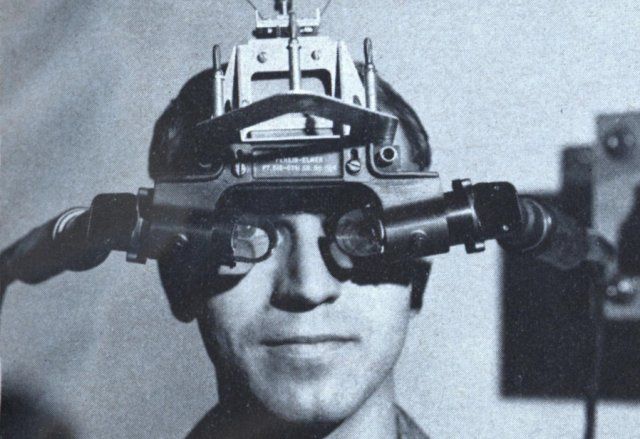Apr 2, 2015
App Maps Addresses Of Anti-Gun Violence Activists
Posted by Seb in categories: ethics, internet
By Sarah Kessler — Fast Company
On Thursday morning, a handful of anti-gun-violence activists realized there is an app in the Google Play Store with their names on it—literally. The app, Gunfree Geo Marker, features a map pinpointing the home and work addresses of politicians, gun control organization employees, and “random anti-gun trolls” who “push the anti-gun agenda in any way, shape or form.”
Clicking on a person’s name in the menu reveals their address on a Google map, along with the app creator’s reasons for including that person in the app.Read more





 The Mont Order Club hosted its first video conference in February 2015, as shown below.
The Mont Order Club hosted its first video conference in February 2015, as shown below.









